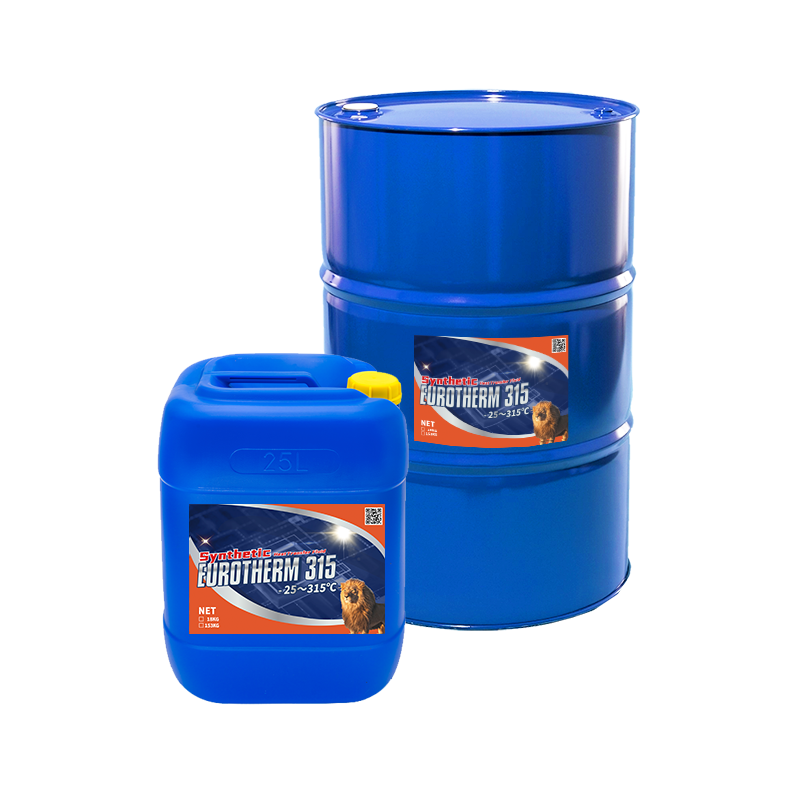Chemie Things To Know Before You Buy
Chemie Things To Know Before You Buy
Blog Article
Not known Details About Chemie
Table of ContentsThe smart Trick of Chemie That Nobody is DiscussingFascination About ChemieChemie Fundamentals Explained6 Easy Facts About Chemie DescribedSome Known Incorrect Statements About Chemie The Only Guide for Chemie
(https://fliphtml5.com/homepage/gxcnq/betteanderson/)Measured modification in electrical conductivity of fluid examples as a function of time when stirred with the resin sample in the closed indirect air conditioning loop experiment. Number 6 shows the modification in the determined electrical conductivity of the liquid examples when mixed with the resin sample. The conductivity of the water example from the shut loophole experiment decreased by around 70% from 11.77 S/cm to 3.32 S/cm in 6 hours.These results suggested that the capacity of the resin depends on the test fluid used for the experiment. This reveals that various ions existing in the liquid will certainly lead to different ion exchange capability of the fluid. As a result, computing the ion exchange material capacity with the fluid example from the real air conditioning loop is important.
Chemie Can Be Fun For Anyone
An ion exchange resin cartridge having 20g of Dowex combined bed resin might take on order 938 days to saturate - high temperature thermal fluid. In various other words, to keep a reduced electric conductivity, a material cartridge with the dimension and weight specification as that of the material cartridge made use of in the experiment, require to be altered every 30 months for the air conditioning system that was used in the experiment
The air conditioning of digital parts has actually come to be a significant challenge in current times due to the developments in the style of faster and smaller components. The usage of a liquid coolant has actually become eye-catching due to the greater heat transfer coefficient accomplished as compared to air-cooling.
Getting My Chemie To Work
A single phase cooling loop consists of a pump, a warm exchanger (cold plate/mini- or micro-channels), and a warmth sink (radiator with a follower or a liquid-to-liquid heat exchanger with chilled water air conditioning). The warmth resource in the electronic devices system is attached to the warm exchanger.
The needs may differ depending on the kind of application. Adhering to is a checklist of some general demands: Great thermo-physical properties (high thermal conductivity and specific heat; reduced thickness; high latent warm of evaporation for two-phase application) Reduced cold factor and burst point (often burst defense at -40 C or reduced is required for delivery and/or storage space objectives) High climatic boiling factor (or reduced vapor stress at the operating temperature) for single stage system; a narrow wanted boiling point for a two-phase system Excellent chemical and thermal security for the life of the electronic devices system High flash point and auto-ignition temperature (sometimes non-combustibility is a demand) Non-corrosive to materials of building and construction (steels in addition to polymers and various other non-metals) No or very little governing restrictions (eco-friendly, harmless, and possibly naturally degradable) Economical The most effective electronic devices coolant is an affordable and harmless fluid with outstanding thermo-physical properties and a long service life.
The Ultimate Guide To Chemie
The majority of these fluids have a non-discernible smell and are safe in situation of call with skin or ingestion. As pointed out previously, aliphatic PAO-based liquids have actually replaced the silicate-ester fluids in a selection of military electronic devices (and avionics) cooling down applications in the last decade. An additional class of preferred coolant chemistry is dimethyl- and methyl phenyl-poly (siloxane) or typically referred to as silicone oil.
Of all, these liquids are non-combustible and safe. Some fluorinated substances have no ozone depleting prospective and various other ecological homes.
Ethylene glycol is anemic and almost odor-free and is completely miscible with water. When appropriately hindered, it has a fairly reduced corrosivity. Nevertheless, this coolant is identified as toxic and must be dealt with and thrown away with care. The high quality of water utilized for the preparation of a glycol option is really crucial for the system.
The Best Guide To Chemie

Aside from absence of toxicity, it has no benefits over ethylene glycol, being greater in cost and more viscous. This is a low price antifreeze option, finding usage in refrigeration services and ground resource heatpump. Similar to glycols, this can be prevented to quit rust. This fluid can be utilized to -40 C due to its reasonably high rate of warm transfer in this temperature level array.
It is considered more damaging than ethylene glycol and consequently has discovered usage only for process applications situated outdoors. Methanol is a combustible fluid and, as such, introduces a potential fire danger where it is kept, managed, or utilized.
The 5-Minute Rule for Chemie
As a combustible fluid, it needs particular preventative measures for handling and storage. Liquid solutions of calcium chloride discover large use as flowing coolants in food plants. It is non-flammable, non-toxic and thermally a lot more reliable than the glycol services. A 29% (by wt.) calcium chloride service has a cold point listed below -40 C.

Report this page